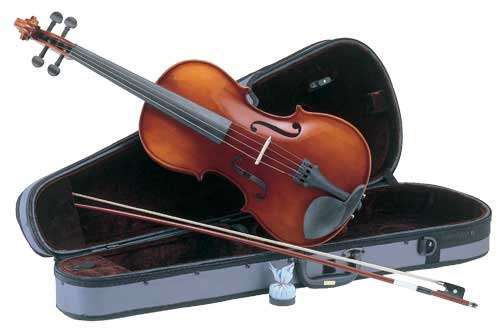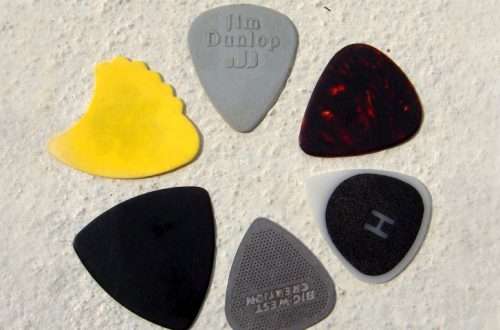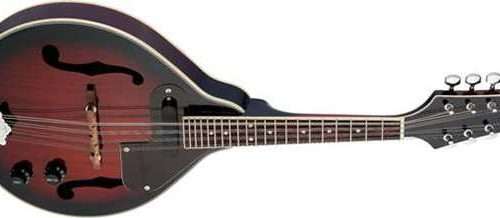
Viola or violin?
Contents
Differences and common features of the viola and the violin
Both instruments are very similar to each other, and the most noticeable visual difference is their size. The violin is smaller and therefore more handy and comfortable to play. Their sound is also higher than that of violas, which, due to their larger size, sounds lower. If we look at individual musical instruments, there is a certain relationship between the size of a given instrument and its sound. The rule is simple: the larger the instrument, the lower the sound produced from it is. In the case of stringed instruments, the order is as follows, starting with the highest sounding: violin, viola, cello, double bass.
Construction of string instruments
The construction of the violin and viola, as well as the other instruments from this group, i.e. the cello and the double bass, is very similar, and the biggest difference is in their size. The resonance box of these instruments consists of a top and bottom plate, which, unlike guitars, are slightly bulged, and sides. The box has C-shaped notches on the sides, and right next to them, on the top plate, there are two sound holes called efs, due to their shape resembling the letter F. Spruce (top) and sycamore (bottom and sides) wood are most often used for construction . A bass beam is placed under the bass strings, which is supposed to distribute vibrations over the record. A fingerboard (or neck) is attached to the soundboard, on which a fretless fingerboard, usually ebony or rosewood, is placed. At the end of the bar there is a peg chamber ending in a head, usually carved in the shape of a snail. An extremely important element, although invisible from the outside, is the soul, a small spruce pin placed between the plates under the treble strings. The soul’s task is to transfer the sound from the top to the bottom plate, thus creating the timbre of the instrument. The violin and viola have four strings hooked to an ebony tailpiece and pulled with pegs. Strings were originally made of animal intestines, now they are made of nylon or metal.
Smyczek
The bow is an element that allows the sound to be extracted from the instrument. It is a wooden rod made of hard and elastic wood (most often fernamuk) or carbon fiber, on which horsehair or synthetic hair is pulled.
. Of course, you can use different playing techniques on strings, so you can also pluck the strings with your fingers.

The sound of the individual instruments
Due to the fact that they are the smallest of string instruments, sviolin can achieve the highest sounding sounds. This is by far the sharpest and most penetrating sound obtained in the upper registers. Thanks to its size and sonic qualities, the violin is perfect for fast and lively musical passages. Viola on the other hand, it has a lower, deeper and softer tone compared to the violin. The technique of playing both instruments is similar, but due to the larger sizes it is more difficult to perform certain techniques on the viola. For this reason, it was once used mainly as an accompanying instrument for the violin. Today, however, more and more pieces are composed for the viola as a solo instrument, so if we are looking for a softer, more subdued sound for a solo part, the viola may turn out to be better than the violin.
Which instrument is more difficult?
It is difficult to answer this unequivocally because a lot depends on our preferences. If we want to play the virtuoso violin part on the viola, it will certainly require much more effort and attention from us because of the larger size of the viola. Conversely, it will be easier for us, because on the violin we do not need such a wide spread of fingers or such a full bow of the bow as when playing the viola. The tone of the instrument, its timbre and sound are also important. Certainly, both instruments are very demanding and if you want to be able to play at a high level, you need to spend a lot of time practicing.





